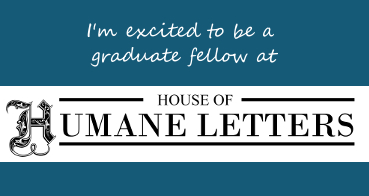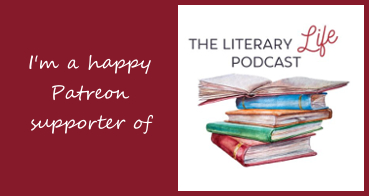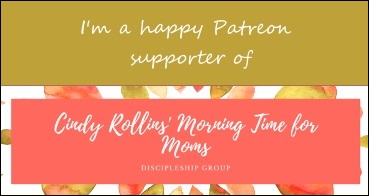One of the hallmarks and ‘must haves’ of a Charlotte Mason education is Narration — first in the form of oral narration and then into written narration as the practice of oral narration is continuing. Without Narration it is simply not a Charlotte Mason education, nor is it, if you will allow me to take it further, a Classical education, with Mason deriving much of her philosophy and practice from the ancient traditions of learning. Narration has the honor of being the only practice that is part of her 20 Principles. You can figure out how to personally put the principles into practice in your own unique schools and families, but to not include the practice of Narration is not an option.
As knowledge is not assimilated until it is reproduced, children should ‘tell back’ after a single reading or hearing: or should write on some part of what they have read.
Principle #14 from the Preface to Mason’s Vol. 6 A Philosophy of Education
Narration in whatever form is not easy — especially when first beginning. But it’s also not hard and is very much related to our natural humanity. It’s the rare child who doesn’t want to come tell you about the fight the neighborhood kids had, to tell you all about the cartoon they just watched or the game they just played. It is very human to process what you just saw, read, or heard and to work that out through telling. The question is — what happens to us along the way from childhood that stops that natural processing?
I’m not going to presently write a treatise on Narration, nor go into every passage on narration found in the Mason volumes. What I want to do at the moment is to share a very encouraging experience I had during Cindy Rollins’ 3-week Advent Discipleship group this past month. For the 3 Friday zoom meetings, Cindy invited the children of the moms involved to join us in the first 30 minutes to recite the Bible passage and poem memory work, to sing a Carol, and to narrate our painting for the week. Cindy gave them 1 minute to look at the painting and then asked for volunteers to narrate.
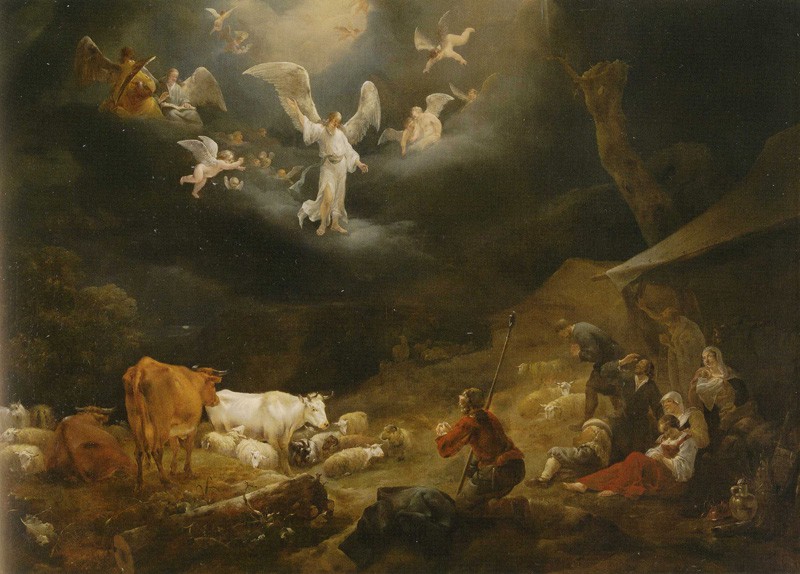
I was floored by the hands that went up, from the wee littlest ones to teenagers. And they did share when they were called on. “I saw this….” “I noticed that…” “It reminded me of…”, they so eagerly shared. There was no pushing or prompting by the mothers. The little ones wiggled and scratched, with an occasional swipe of the nose, and they all used their hands expressively. I could tell that this was a common practice in all their homes. These weren’t polished presentations, but they were delivered by kids who are accustomed to having adults care about what they see and connections that they make.
Let the little children come to me and do not hinder them ~Jesus
And whosoever shall offend one of these little ones that believe in me, it is better for him that a millstone were hanged about his neck, and he were cast into the sea. ~Jesus
Take heed that ye despise not one of these little ones; for I say unto you, That in heaven their angels do always behold the face of my Father which is in heaven. ~Jesus
It may surprise parents who have not given much attention to the subject to discover also a code of education in the Gospels, expressly laid down by Christ. It is summed up in three commandments, and all three have a negative character, as if the chief thing required of grown-up people is that they should do no sort of injury to the children: Take heed that ye OFFEND not––DESPISE not––HINDER not––one of these little ones. So run the three educational laws of the New Testament, which, when separately examined, appear to me to cover all the help we can give the children and all the harm we can save them from––that is, whatever is included in training up a child in the way he should go. Let us look upon these three great laws as prohibitive, in order to clear the ground for the consideration of a method of education; for if we once settle with ourselves what we may not do, we are greatly helped to see what we may do, and must do. But, as a matter of fact, the positive is included in the negative, what we are bound to do for the child in what we are forbidden to do to his hurt. ~Mason, Vol. 1, p. 12,13
A serious study on Narration will show you the many benefits, and will also open your eyes to the ways we are hindering, and yes, harming, our children by neglecting the practice and, instead, substituting other things such as —-
Of the means we employ to hinder the growth of mind perhaps none is more subtle than the questionnaire [quizzes, worksheets]. …..The child with capacity, which implies depth, is stupified by a long rigmarole on the lines of,––”If John’s father is Tom’s son, what relation is Tom to John?” The shallow child guesses the riddle and scores; and it is by the use of tests of this kind that we turn out young people sharp as needles but with no power of reflection, no intelligent interests… ~Mason, Vol. 6, p. 54, 55
Okay, again, I do not mean to write a dissertation. There’s time for that later. I just wanted to share that even though I’ve spent two decades in the Charlotte Mason world, I can get discouraged by all the negativity about Narration — it’s too hard, my kids resist, they’re too short, they don’t tell me everything, it gives me nothing to show [off] on paper, answers on worksheets are easier to assess — but when I saw these ‘babies’ eagerly sharing, I was given hope. I just wanted to reach through the screen and hug each one of them and they mamas. These mothers have followed the injunctions of Jesus. They do not hinder their children, nor do they offend the fully capable persons that they are, nor despise the minds given them by our Creator.

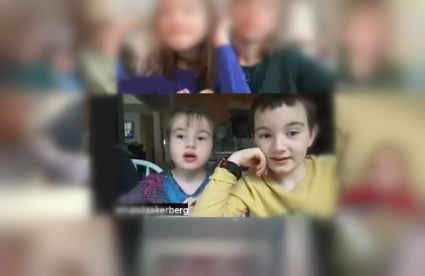
[Permission was given by their mother to share their image.]
Thank you, Cindy Rollins, for doing what you do. Thank you for believing in and continuing to fight for Narration. Thank you for believing in the personhood of children. Thank you for recognizing in the words of Charlotte the very truth of our humanity and our responsibility to our God and to our Christ. I did not know at the time I witnessed these children narrating (and asked permission to write about them) that Cindy would be offering a level of her Patreon as a narration club for children. It became available this week, and you can find all about it here. This is a great opportunity for your child to get to share with someone other than Mom. I wish I had had this for my only child. You do not want to miss this.
My homeschooling Mom days have ended, as have Cindy’s, but she continually inspires me to not neglect what I have learned from Mason and my own experience through all these years. In fact, I often feel the learning is just beginning as I see the outcome of our schooling choices, as well as others. And so I created the Story, Rhyme, & Song classes because I believe very much in children and the essential nature of the building blocks of story and song to their future learning and to their very souls. Included in the SRS class is narration of one or more of the stories that I read to the class. I am currently preparing for the new semester starting in February and witnessing what I did in Cindy’s group gave me so much inspiration to carry on.
Fairy tales, (Andersen or Grimm, for example), delight Form lB, and the little people re-tell these tales copiously, vividly, and with the astonishing exactness we may expect when we remember how seriously annoyed they are with the story-teller who alters a phrase or a circumstance. Aesop’s Fables, too, are used with great success, and are rendered, after being once heard, with brevity and point, and children readily appropriate the moral. Mrs. Gatty’s Parables From Nature, again, serve another purpose. They feed a child’s sense of wonder and are very good to tell. There is no attempt to reduce the work of this form, or any other, to a supposed ‘child level.’ Form IA (7 to 9) hears and tells chapter by chapter The Pilgrim’s Progress and the children’s narrations are delightful. No beautiful thought or bold figure escapes them. ~Mason, Vol. 6, p. 180
Oh, boy! I was just about to close, but I do have to say one more thing because I fear many of you won’t pursue this idea of Narration on your own, and you may already be pooh-poohing it even from the description above — and that is this: Did you notice what Charlotte said at the end of that quote above? “No beautiful thought or bold figure escapes them.” Whether it is a painting, music, writing, or nature itself that we put before them, it must be of the highest quality. Look back at the painting above that the children narrated. They can handle the Masters…of art and music and story. And this is what inspires the narrations that Charlotte describes. That is what inspired the narrations I heard a few weeks ago. Do not despise the children. Give them the best. And watch them respond with eagerness.

